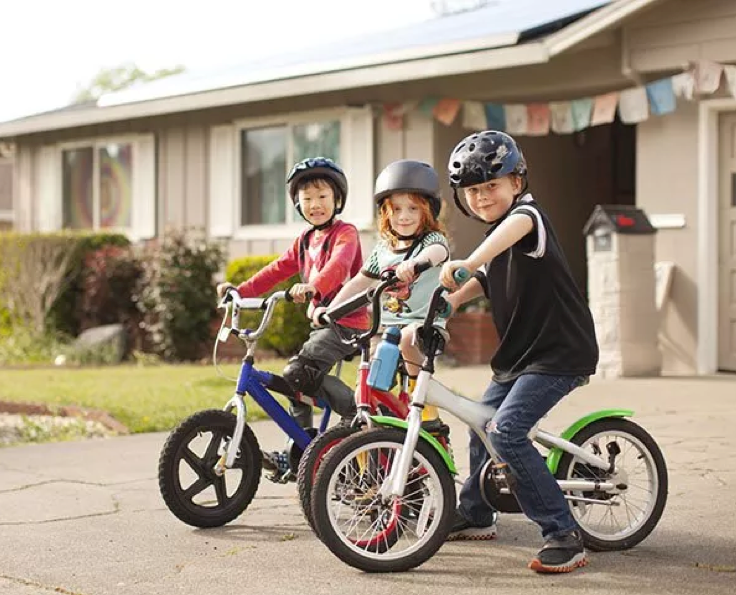Five Tips for Choosing a Safe Place to Settle Down
Five Tips for Choosing a Safe Place to Settle Down
*iSelect does not compare to all home and contents insurers in the market. The availability of policies may change from time to time. Not all policies made available from iSelect’s providers are compared by iSelect and due to commercial arrangements, area or availability, not all policies compared by iSelect will be available to all customers. See below for our range of home and contents insurers. Some policies are only available from iSelect’s call centre or online. Our advice on this website is of general nature and does not consider your situation or needs. Consider if any advice is appropriate for you before acting on it. Learn more.
Compare home and contents insurance the easy way*
Save time and effort by comparing a range of home and contents insurance policies with iSelect
The more you know about the neighbourhood, the more informed you’ll be when it comes to choosing a safe place for you and your family to settle down.
We look at five simple steps you can take to give you peace of mind when you’re in the property market.
Research local crime statistics
Looking up crime statistics might not be much fun, but it can give you a valuable snapshot of what to expect in different areas and which places you might want to avoid. Each state uses their own online tool and allows you to search by suburb name or postcode. Visit the below links to start your search:
- NSW: NSW Bureau of Crime Statistics and Research
- Vic: Crime Statistics Agency
- Qld: Queensland Police Service
- SA: South Australia Police
- WA: Western Australia Police
- TAS: Tasmania Police
- NT: Northern Territory Police
- ACT: ACT Policing
Real estate websites offer comprehensive suburb profiles which are a good source of socio-economic information. You might feel safer in a suburb made up primarily of older couples and families, for example.
Check out the local healthcare facilities and hospitals
You may not classify your proximity to a hospital or specialty clinic as a safety concern, but the travel time to a 24-hour emergency department could make all the difference when you need it. When assessing the safety of an area, make sure to note the closest healthcare facilities as well as the quality and availability of local doctors.
Trial your future walking routes
One of the best ways to get a feel for a neighbourhood is simply to walk around. This will give you an insight into how safe you might feel when walking home from the shops, bus stop or train station.
Make sure you test the cycling and walking paths at night and take note of street lighting and any CCTV cameras. Will your new area require you to walk along stretches of poorly lit, isolated roads or will you be in constant view of populated areas?
Speak to your neighbours
Talking to your potential neighbours is a great way to get a feel for how safe the area is. Ask questions about any trouble in the area and find out if there’s a local Neighbourhood Watch group. These community-based crime prevention groups are made up of residents and offer a useful source of information about local crime.
Conduct a security audit on potential properties
If you’ve located your dream home but you’re still not sure about the area, make sure you check the property’s level of security. Check that all windows and doors are secure and lockable and if there are safety screens on entrance doors. Walk outside and see if the interior of the house is visible from the street. Home security systems and high fences are a plus.
Take the time to research local crime statistics, trial walking paths, assess safety concerns and chat to the neighbours and you’ll hopefully feel much more confident about the neighbourhood.
Once you’ve done all that, check out how home and contents insurance can offer another level of protection.

.svg)




